
Wine Routes and Wine Tourism
Routes and Paths
Wine Routes and Wine Tourism in Northern Portugal
"After all, the best way to travel is to feel"
Fernando Pessoa
Exploring the Wine Routes of Porto and Northern Portugal is an opportunity to discover the soul of this winegrowing region. Amidst breathtaking landscapes that invite contemplation and centuries of history whispering at every turn, each wine tells a unique story, shaped by the land and traditions.
From the prestigious Port Wine to the refreshing Vinho Verde, and the distinctive wines of the Douro, every region offers a singular experience, where culture, gastronomy and nature come together to create unforgettable flavors and memories.
Awaken your senses and embark on a journey through the Wine Routes of Porto and Northern Portugal.
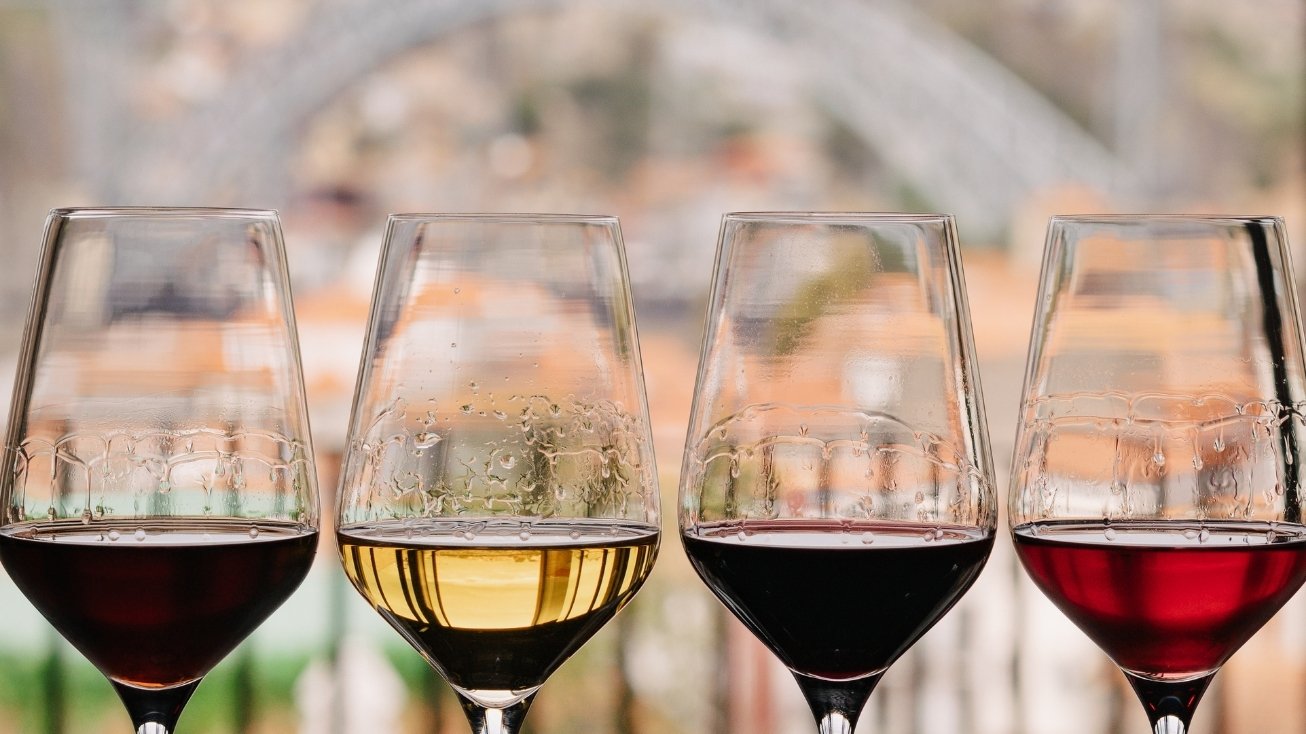

The wine routes in Porto and Northern Portugal
In Porto and Northern Portugal, wine tourism takes on a unique dimension. Exceptional wines invite us to sit at the table, savoring both breathtaking landscapes and centuries-old stories.
The region’s Wine Routes offer sensory journeys, guiding visitors through the heart of the vineyards, the vibrant rhythm of the villages, and the passion of local traditions. Discover each of these routes.
Municipalities: Murça, Tabuaço, Vila Nova de Gaia, Vila Nova de Foz Côa, Santa Marta de Penaguião, Sabrosa, Lamego, Armamar, Peso da Régua, Alijó, São João da Pesqueira, Vila Flor, Carrazeda de Ansiães, Torre de Moncorvo, Porto, Vila Real.
Dominant white grape varieties: Gouveio, Malvasia Fina, Moscatel, Rabigato and Viosinho
Dominant red grape varieties: Tinta Barroca, Tinta Roriz, Tinto Cão, Touriga Franca e Touriga Nacional (Port Wine), Sousão and Tinta Amarela

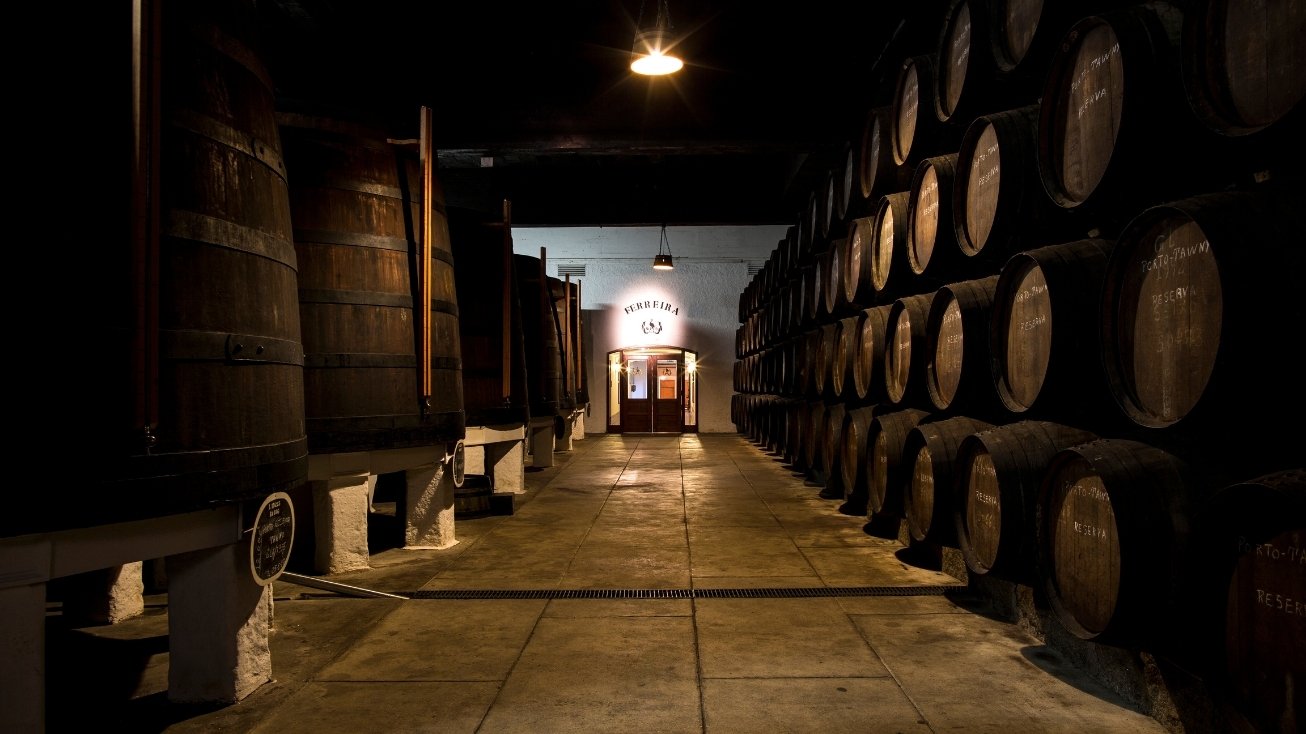
There is no better way to explore, understand and experience Douro and Port Wines than by visiting the region where they are born. A journey through the Douro Demarcated Region—the oldest demarcated wine region in the world—takes you along the Douro River Valley, through wine-producing cities, towns and villages.
This route crosses three UNESCO World Heritage Sites: Historic Centre of Porto (1996), Côa Valley (1998) and Alto Douro Wine Region (2001).
The poetic beauty of this region has inspired renowned writers such as Eça de Queiroz and Miguel Torga, who described it as "the marvel of a landscape that ceases to be one by the sheer force of its grandeur".
Exploring Porto means discovering remarkable historic architecture and monuments that tell the story of its rich past. Maintaining its rebellious and innovative spirit, the Invicta city now thrives with emerging culinary talents and a diverse, cutting-edge artistic scene. Crossing the Luís I Bridge, in just a few minutes, you reach Vila Nova de Gaia, where the world-famous Port Wine cellars open their doors to show, teach, and share their legacy before you continue your journey to the majestic Douro Valley.
The Douro River nurtures the excellent terroir of the region, producing two Protected Designations of Origin (PDO) wines: Douro and Port. As you venture through the valley, one of the world’s most iconic wine destinations, expect unique experiences at the wine estates (Quintas), where warm hospitality is an integral part of the tradition.
Port Wine: Portugal’s most prestigious and international wine
Port Wine is a fortified wine produced exclusively in the Alto Douro region, the world’s first demarcated and regulated wine region (1756). Recognized by UNESCO as a "living cultural landscape in constant evolution, of exceptional beauty," this region is a true symbol of tradition and excellence.
Characterized by its rich and intense aromas, long and persistent finish, and diverse sweetness levels and colors, Port Wine typically has an alcohol content of 19% to 22%. Its wide variety of styles, each with distinct characteristics, offers unexpected and remarkable gastronomic pairings that elevate any culinary experience.
Municipalities: Amarante, Marco de Canaveses, Vila Nova de Famalicão, Fafe, Guimarães, Santo Tirso, Trofa, Póvoa de Lanhoso, Vieira do Minho, Póvoa de Varzim, Vila do Conde, Vizela, Baião, Resende, Cinfães, Cabeceiras de Basto, Celorico de Basto, Mondim de Basto, Ribeira de Pena, Esposende, Barcelos, Braga, Vila Verde, Amares, Terras de Bouro, Viana do Castelo, Ponte de Lima, Ponte da Barca, Arcos de Valdevez, Monção, Melgaço, Castelo de Paiva, Paços de Ferreira, Paredes, Lousada, Felgueiras, Penafiel, Valongo.
Dominant white grape varieties: Alvarinho, Arinto (Pedernã), Avesso, Azal, Batoca (Alvaraça), Loureiro, Trajadura (Treixadura).
Dominant red grape varieties: Alvarelhão (Brancelho), Amaral, Borraçal, Espadeiro, Padeiro, Pedral, Rabo de Anho and Vinhão.

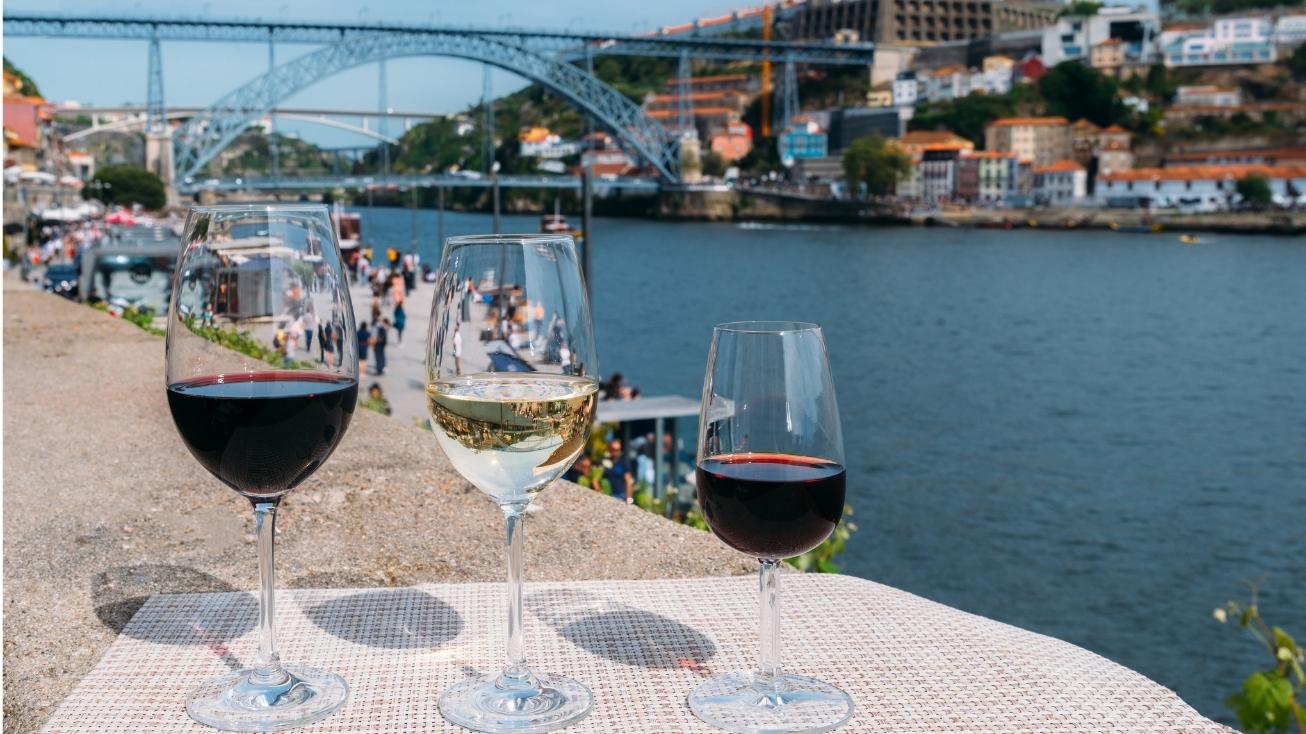
The Vinho Verde Route invites visitors to explore the ancient winemaking culture of the Vinho Verde Demarcated Region in the northwest of Portugal. This journey combines unique flavors, breathtaking landscapes, and unforgettable experiences. Green Wine is a symbol of authenticity and freshness, with indigenous grape varieties and a distinct terroir giving it a unique identity, internationally recognized for its quality.
Minho Gastronomy and Wine Tourism
The Minho gastronomy is the perfect pairing for the various styles of Vinho Verde. Traditional dishes such as arroz de sarrabulho or bacalhau à minhota take on a new dimension when combined with these light and aromatic wines. Eating and drinking well is seen here as a celebration of local hospitality and cultural richness.
The wineries in the region offer a wide range of attractions to entice any visitor: wine tastings, vineyard tours, outdoor picnics, jeep tours, spa relaxation, and much more. Every detail is designed to provide unforgettable leisure moments, whether for families, wine tourism enthusiasts, or the simply curious.
Culturally rich cities
Exploring the Green Wine Route is also an immersion into the historical and cultural richness of Minho. Cities like Braga, Guimarães, and Viana do Castelo reveal centuries of history, reflected in their monuments and traditions. Villages and towns such as Ponte de Lima and Sistelo captivate visitors with their authenticity.
There is nothing like experiencing the vibrant local festivals to truly connect with the traditions and people. Religious festivals such as the Festa da Senhora d’Agonia in Viana do Castelo and the Feiras Novas in Ponte de Lima are among the best ways to celebrate the region's cultural roots.
The Vinho Verde Route intersects with the famous Portuguese Way of St. James. Starting in Porto and crossing valleys and Green Wine sub-regions, travelers and pilgrims embark on a journey filled with devotion and natural beauty.
A unique wine in the world
Vinho Verde, unlike any other in the world, pairs perfectly with salads, fish, and seafood dishes, which are staples in the fishing villages of northern Portugal. In its red variety, it is the ideal companion for the traditional rojões à moda do Minho and the famous arroz de sarrabulho.
Discover the various Thematic Vinho Verde Routes.
Great Wine Capitals | Global Network of Great Wine Capitals
The Global Network of Great Wine Capitals is an association of eight metropolitan cities that share a fundamental economic and cultural heritage: their internationally recognized wine regions.
This is the only association of its kind that includes both the "Old" and "New" Worlds of wine, promoting tourism, education, and business exchanges among the internationally renowned cities of Bordeaux, Cape Town, Florence, Mainz, Mendoza, Porto, Bilbao-Rioja, and San Francisco-Napa Valley.
Porto represents the network through the wine regions of Porto, Douro, and Verde, coordinated by the Porto City Council. Every year, the international "Best Of Wine Tourism" competition rewards leading wine tourism initiatives in each participating city.
Municipalities: Moimenta da Beira, Sernancelhe, Tarouca, Penedono, São João da Pesqueira, Tabuaço, Armamar and Lamego.
Dominant white grape varieties: Bical, Cerceal, Fernão Pires, Gouveio and Malvasia Fina.
Dominant red grape varieties: Tinta Barroca, Tinta Roriz, Touriga Franca and Touriga Nacional on the red ones.
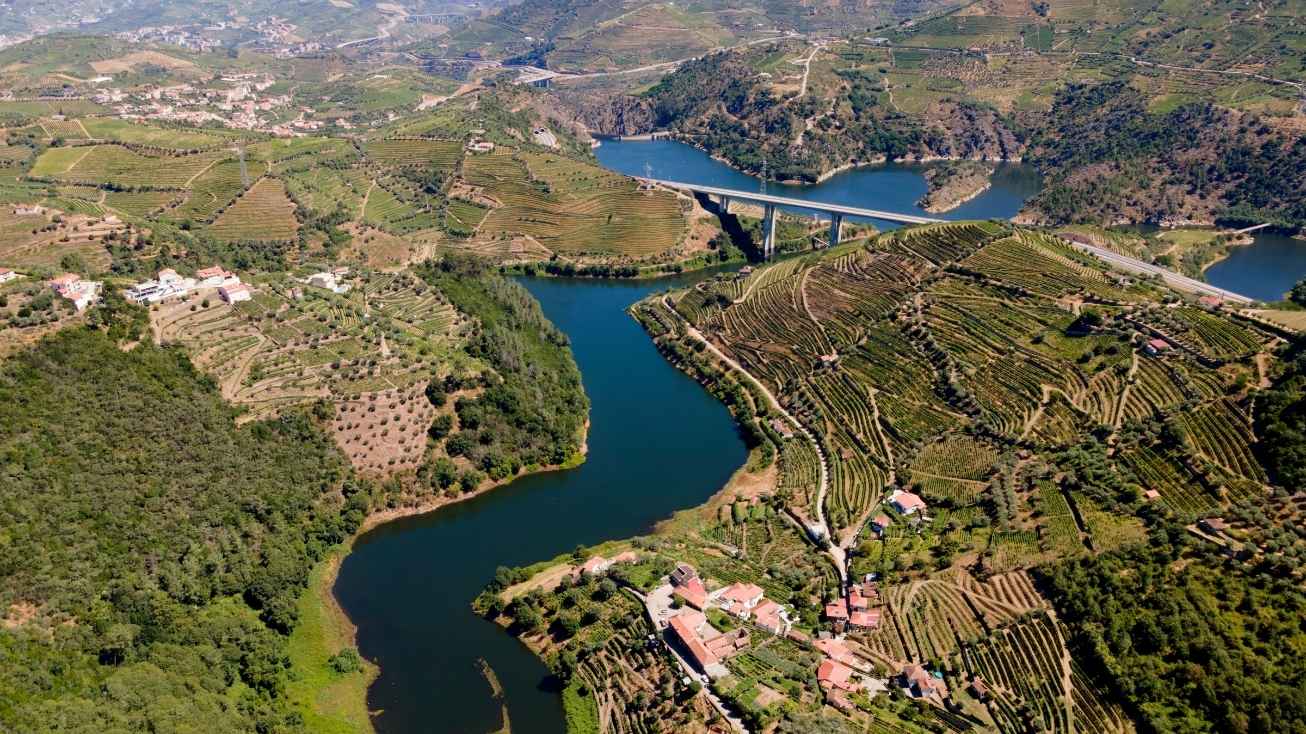

The historical and cultural heritage of the Távora-Varosa region is deeply connected to the Cistercian monks, who arrived in the 12th century. It was during this period that the Monastery of São João de Tarouca was founded, followed by the Monastery of Santa Maria de Salzedas in the 13th century and the Convent of Santo António de Ferreirim in the 16th century, the latter belonging to the Franciscan Order. These monastic institutions shaped the landscape of the Varosa Valley and played a fundamental role in introducing viticulture to the region, making vineyards and wine production key economic pillars.
It was these monks who planted the first vineyards, shaping the territory that now forms part of the Távora-Varosa Denomination of Origin (DO). Their legacy is reflected in the term "Vinhos de Cister," a tribute to the profound influence of this monastic order.
Portugal’s first demarcated sparkling wine region
Recognized as a prestigious wine region, Távora-Varosa was the first region in Portugal demarcated for sparkling wine production, receiving this designation in 1989. The region is renowned for its exceptional sparkling wines, which rival the finest in the country, as well as for its aromatic and fruity white, rosé and red wines, all of which showcase the unique quality of the local terroir.
Through vineyards and chestnut trees
The route begins in Moimenta da Beira, a town rich in history. Notable landmarks include the Convent of Nossa Senhora da Purificação and the Solar das Guedes, now serving as the Municipal Library.
Continuing to Tabuaço, visitors should not miss the portico of the Church of São Pedro das Águias, a 12th-century architectural gem built into a steep hillside. Past the Serra da Lapa, the Sanctuary of Senhora da Lapa, constructed by Jesuits in the 17th century, and the Monastery of Nossa Senhora da Assunção de Tabosa, originally home to Cistercian nuns, stand as remarkable historical landmarks.
In Sernancelhe, the landscape is dominated by chestnut trees, a symbol of the region’s strong connection to chestnut production. The town boasts several notable sites, including the Romanesque-style Church of Sernancelhe, the 16th-century pillory and the Baroque Solar dos Carvalhos. The town's streets and gardens are enriched by granite sculptures, adding to its charm. The journey ends at the breathtaking Castle of Penedono, standing at 930 meters above sea level, a striking landmark that offers spectacular views of the surrounding region.
Trás-os-Montes Wine Route
Municipalities: Chaves, Vila Pouca de Aguiar, Macedo de Cavaleiros, Mirandela, Murça, Valpaços, Vinhais, Miranda do Douro, Mogadouro, Vimioso, Freixo de Espada à Cinta, Torre de Moncorvo.
Dominant white grape varieties: Côdega de Larinho, Fernão Pires, Gouveio, Malvasia Fina, Rabigato, Síria, Viosinho.
Dominant red grape varieties: Bastardo, Tinta Roriz, Touriga Franca, Touriga Nacional, Tinta Amarela, Tinta Gorda, Marufo and Trincadeira.
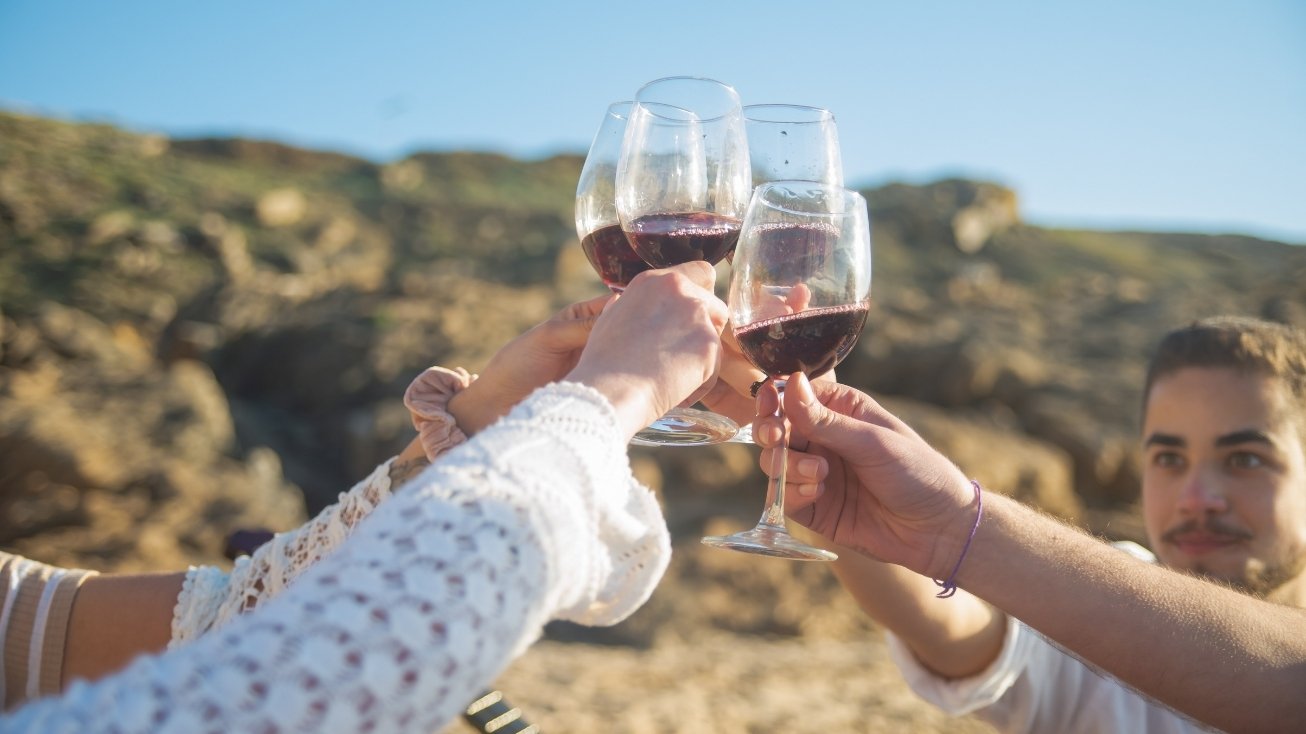
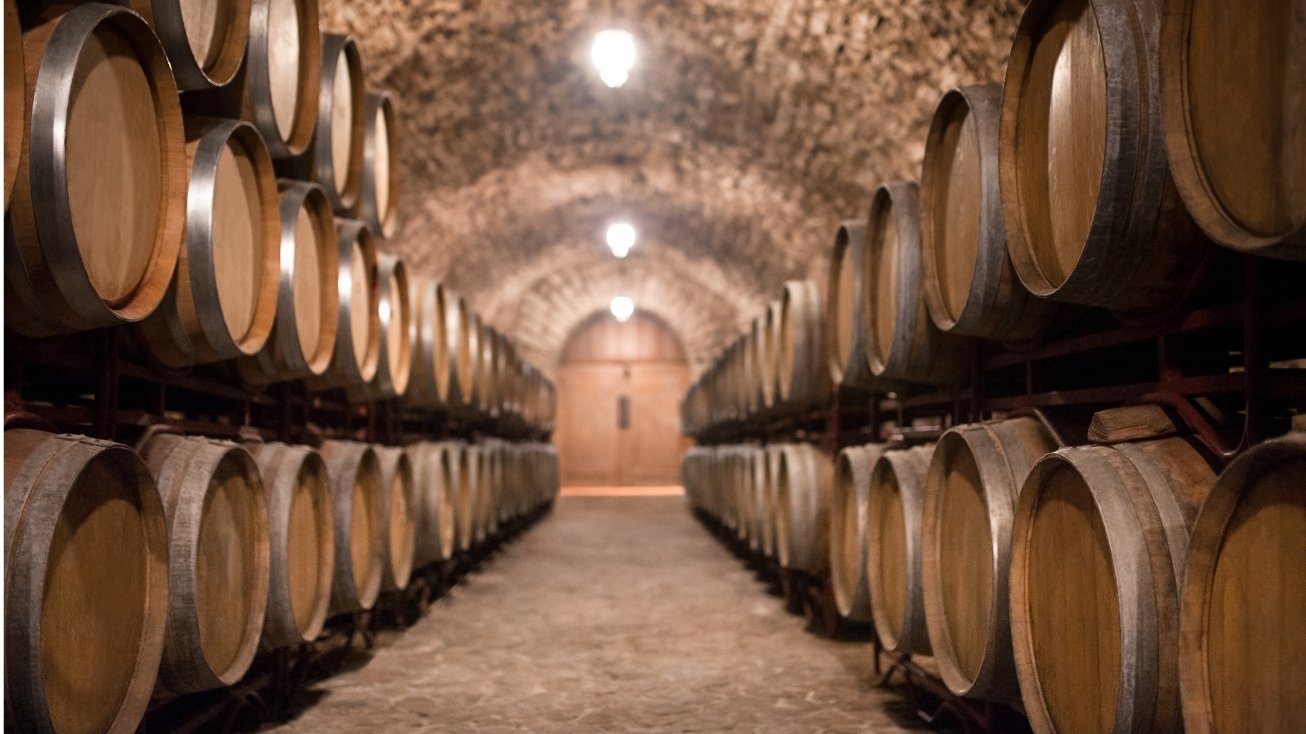
Located in northeastern Portugal, beyond the Marão mountain range, Trás-os-Montes is a region defined by majestic mountains, deep valleys and a remarkable natural diversity. The landscape alternates between lush green valleys, ancient forested hills, olive groves, vast vineyards and blossoming almond trees.
This visual richness is also reflected in the high-quality wines, a tradition that dates back to Roman times, as evidenced by the rock-hewn wine presses found across various municipalities.
Cultural and natural heritage
The Alvão and Montesinho Natural Parks create a magical backdrop, dotted with well-preserved villages and an abundant cultural and natural heritage, making it an ideal destination for outdoor activities. In Bragança, visitors should not miss the Contemporary Art Center, dedicated to the renowned painter Graça Morais. Among the region’s ancient traditions, the Podence Carnival stands out, recognized by UNESCO as Intangible Cultural Heritage of Humanity.
The wines of the Mirandese Plateau perfectly complement the rich and authentic meat-based cuisine that defines the region’s gastronomic experience. In Miranda do Douro, located on the edge of the Douro International Natural Park, visitors can discover priceless cultural treasures like mirandese, Portugal’s second official language, and Pauliteiros stick dance, a Celtic-inspired folk tradition.
With a climate characterized by hot summers and harsh winters, vineyards thrive at altitudes between 350 and 750 meters, rooted in granite and schist soils. Combined with indigenous grape varieties and century-old vineyards, these conditions give Trás-os-Montes wines an unmistakable identity. The unique terroir of the region further enhances this distinctiveness.
Three sub-regions
The diversity of Trás-os-Montes led to the creation of three recognized sub-regions under the Trás-os-Montes Denomination of Origin (DO): Chaves, Valpaços, Planalto Mirandês. These areas were defined based on altitude, sun exposure, climate, and soil composition. In addition to DO wines, the region also produces wines under the Transmontana Geographical Indication (IG), both officially recognized in 2006.
With wines that reflect the uniqueness of its geography, climate, and cultural heritage, Trás-os-Montes has established itself as a benchmark wine region. The fusion of ancient winemaking traditions with technological innovations ensures the continuity of a centuries-old legacy, while also raising quality standards and promoting the region beyond national borders.
No matter which route you choose, prepare for a land of warmth with a northern accent. Take your time to soak in the beauty, savor the moments and immerse yourself in the essence of the region. Come with an open heart, and you’ll surely leave a piece of it behind.
Wine routes: wine tourism experiences that blend history, culture, gastronomy and nature
Exploring the Wine Routes takes visitors on a journey through centuries-old winemaking regions, where wine is more than just a drink—it is an integral part of cultural and historical heritage. The Green Wine Route, for example, allows travelers to immerse themselves in the ancient winemaking culture of Minho, discovering its origins, flavors, and the region’s breathtaking natural beauty.
These wine routes engage all the senses, offering a deep dive into local gastronomy, with traditional dishes perfectly paired with the wines of each region. This combination of wine and regional cuisine creates a unique sensory experience, enhanced by stunning landscapes and direct contact with local traditions.
Wine tourism experiences in Porto and Northern Portugal serve as powerful tools for promoting the region’s winemaking heritage. Visitors have the opportunity to understand wine in its natural environment, while also exploring the cultural and touristic aspects of each location.
The winemaking essence of Northern Portugal: Porto, Douro and Verde
The wines of Porto and Northern Portugal play a fundamental role in the cultural and economic identity of the country.
The Douro Demarcated Region represents two prestigious Denominations of Origin (DO): Port and Douro. More than just a certificate of origin, these labels are symbols of history, tradition, and quality, deeply connected to the territory that produces them. In today’s globalized wine market, where diversity is vast, Port Wine and Douro Wines stand out for their distinctiveness and uniqueness, qualities that enhance their value and prestige.
The Port Denomination of Origin is a true mark of identity, symbolizing the deep connection between the wine and its land. The uniqueness of Port Wine is the result of a harmonious relationship between the wine and its environment, ensuring that its characteristics are inimitable. This combination of authenticity and exclusivity gives Port and Douro Wines their unmistakable character, making them instantly recognizable and synonymous with quality.
The strength of these denominations of origin lies in their ability to establish a symbiotic relationship between brand and territory. This connection builds consumer confidence, ensuring that products are certified by the Instituto dos Vinhos do Douro e do Porto (IVDP). Port Wine, produced exclusively in the Douro Demarcated Region, is a fortified wine that embodies prestige and identity. Its global reputation is reinforced by its rich history, exceptional quality, and unique geographic origin.
Vinho Verde, produced exclusively in the Green Wine Demarcated Region, in northwestern Portugal, is celebrated for its freshness and singularity. Its light and crisp characteristics have gained increasing recognition both in Portugal and internationally. Today, Vinho Verde is the second most exported Portuguese wine, following Port Wine, which holds the top position.
Renowned for their quality and uniqueness, the wines of Porto and Northern Portugal have a significance that goes beyond national borders. They make a major contribution to the Portuguese economy, while also promoting the country’s rich winemaking culture and traditions on the international stage.
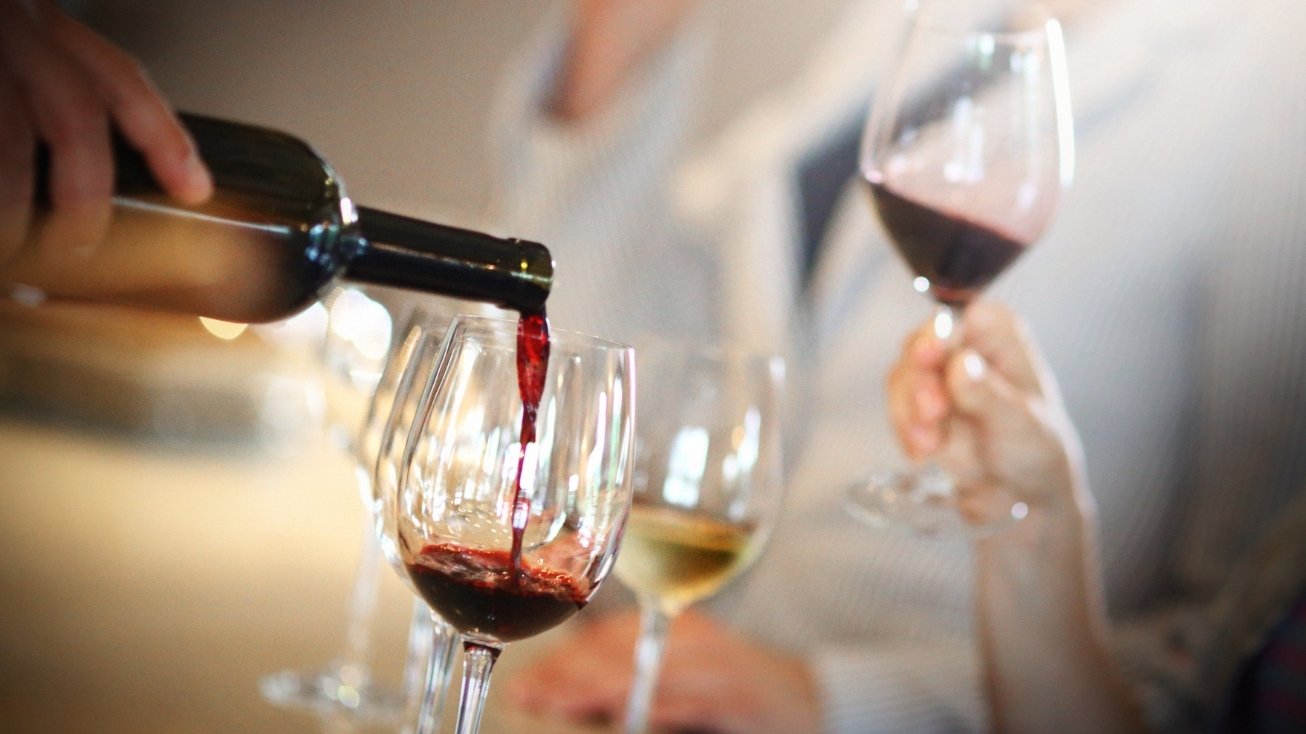
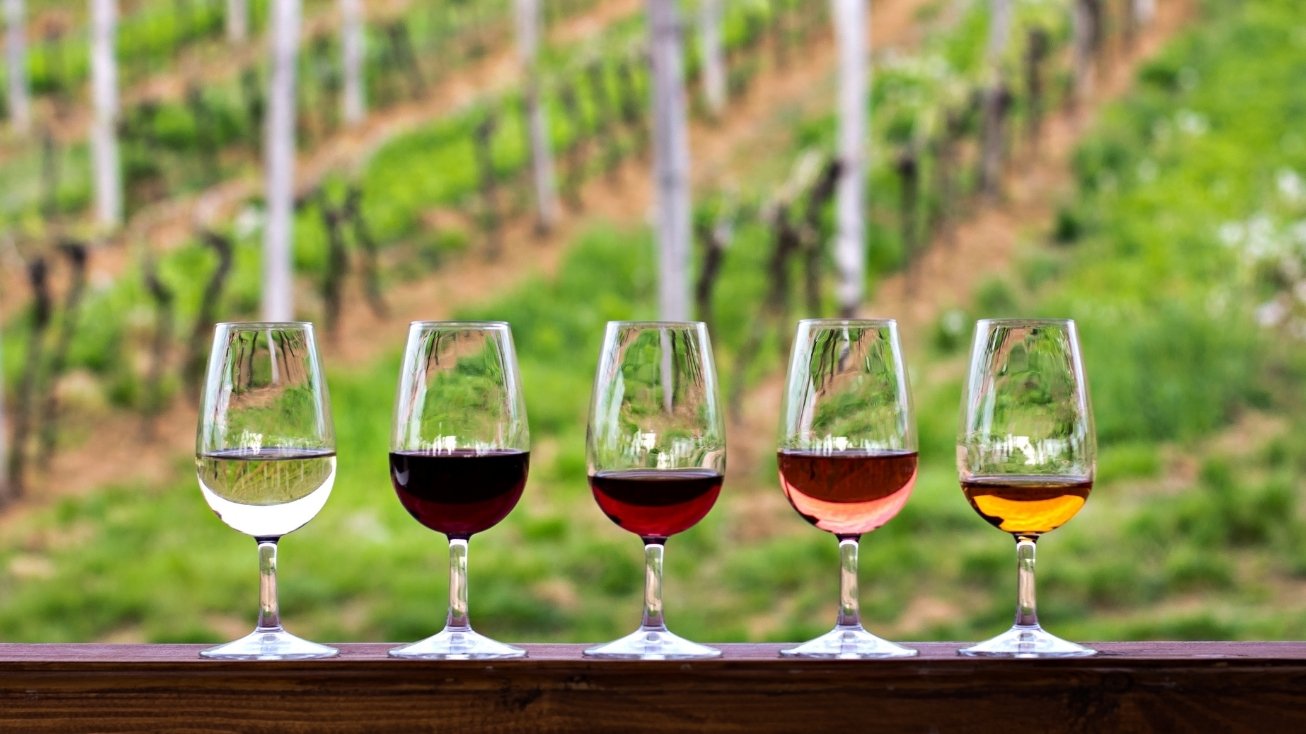
Terroir: a harmony between man and nature
Originating from French viticulture, the concept of terroir encompasses all the factors that influence vine development and grape quality, resulting in wines with unique personalities. But what exactly defines terroir?
The human factor is central, as it reflects the ability to understand, interact with, and adapt to the environment where the vineyard is cultivated. Climate plays a decisive role, shaping the ideal conditions for vine growth. Soils, with their texture, drainage capacity, depth, and geological composition, provide the essential support, water, and nutrients for the vines. Topography also plays a crucial role. Factors such as altitude, terrain, and sun exposure directly influence the wine’s style and ripening potential.
Viticultural techniques also define terroir. The planting system, vine training methods, pruning techniques, and grape variety selection all impact vine productivity and grape quality. Winemaking translates these natural conditions into the cellar, shaping the wine’s character and personality. More recently, the microbiological fauna present in the environment and soil has gained importance, as each ecosystem harbors unique microorganisms that contribute to a wine’s distinctive traits.
Terroir is a complex synthesis of natural and human elements, both of which play an essential role in creating wines with a unique identity. It is this intricate balance between nature and craftsmanship that defines the soul of great wines.